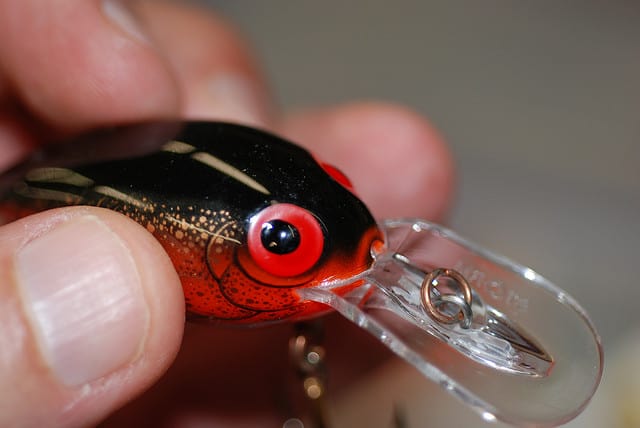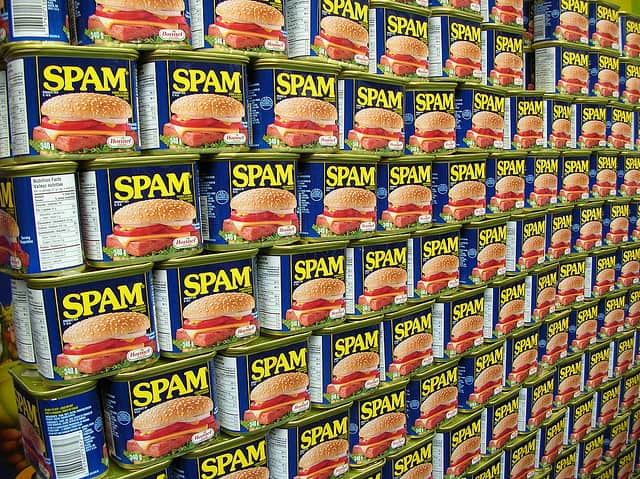The following is a guest post from Nate Gilmore of Shipwire.
Tell Your Story
Don’t hide how you created your product, where the idea came from or your trials and tribulations during the creation process. This is the process that interests the press and bloggers. Put this up on your blog once you’ve figured out your way through it. Tell the story. The press loves it when you talk about how something was done. Look at the great press that these stories generated, these entrepreneurs learned how to tell a story.
Targeted Media Outreach Is Better Than Far & Wide
Decide what customer you’re trying to reach, and to work backwards from there: Where do they hang out? What do they read? How do they engage? Then pick the top 5-10 outlets or forums, and focus on getting your story communicated through those outlets (while keeping in mind top mainstream reporters are bombarded with pitches more often than niche or trade outlets). Don’t be the crazy dude standing on a soapbox yelling the benefits of this or that to everybody who passes by. Instead, be the smart tactful one that makes a list of the few influential people that you want a relationship with and then find your approach path. Narrowing your outreach will afford you the time to personalize your approach and develop an angle or package that is most useful to your outlets, and that they will likely be most receptive to.
Think Like a Reporter & Tie to a Bigger Trend
Why does this product matter now? What problem is it solving? What’s the story behind it? And why do my readers care? These are the questions that matter most to the media when they are considering covering a product. Therefore, help them understand the landscape and why your product is unique versus the competition, and how it impacts the lives of your customers. With the media, your product shouldn’t be about making money; it’s about changing the world. If you tie your product and/or story into a bigger trend that’s happening on a national and/or global level, you will capture the interest of the reporter.
Pitch Smart, Tune Your Pitch and Yes… Less Is More
The media hates receiving spam as much as you do, so spamming is a fast way to get ignored. Treat the media like an acquaintance whose friend you respect. Familiarize yourself with their reporting style and topics of interest, and then work to understand what their needs are, so that you can properly deliver news of your product in a way that will help it matter to THEIR readers.
Honestly, you can spend hours crafting e-mails to press people. I personally think the amount of time you spend writing the e-mail is inversely proportionate to the response you will get. Do your research, figure out the best way to contact a reporter (twitter, blog, email, phone etc), and then get to it. Don’t waste time perfecting your emails. Unless your product is booze or candy, less is more when it comes to PR. Send e-mails that are shorter, leave messages that are short and to the point. Make sure they can get everything they need in less time.
Bait Your Hook
A hook is the sound-bite of your idea. It is the most interesting way you could frame your idea in the fewest amount of words. It needs to be interesting and tight. Make it shiny when you put it in their face over Twitter, Facebook or that really nice FedEx pack that has their new favorite product come out with your card and “push here for a delightful day†message. If you bury your hook in a long e-mail or endless message you baited it wrong.
Blog Comment Spamming Is Evil; but, Saying Hello Politely Is Groovy
Not included in a roll-up of products? Don’t fret, If a writer recently wrote about a comparable product and you desperately want to be noticed on the same blog, don’t just vomit a blog post about why your product rocks and should be covered. Try and write a comment like it is a publicly viewable e-mail. The writer will either, get it and not allow it to post or get it and post it. So be nice, tell them why you are commenting, why you think it’s relevant, say your piece, and hope they cover you the next time they talk about the product space. Leave a real e-mail so they can reach out if they want. If it goes live, you look good. If they respond to you, you may get a relationship with the writer.
If a Picture Is Worth a Thousand Words, a Video Is Worth a Thousand Pictures
You do the math, that’s a lot of words you are avoiding. Show people how to use your product and even persuade your first users to shoot video of them using it. Get these videos up online and make sure they get up on YouTube. Embed content into them and put buy buttons at the end.
Let Your Customers Tell Their Story
Got a fun product, get your customers to tell you with testimonials, videos, tweeting, etc. What they like about it. The testimonials will help you increase sales; but, your early Evangelists will push your story and your product far and wide.
Start Yesterday… Because the Door May Be Closed for Months
The influential people you want to talk to are probably busy. They get more e-mail than they know what to do with and everybody wants their attention. So, start to build relationships early (this is why you need web site and prototypes early) and make it easy on them. You may get politely rejected but remember… it may take a few introductions over a few months for them to realize you have a great product or idea and it is worth 5 minutes to pick up the phone.
Packaging Your Story (Not Just Product)
Building a media kit and press landing page isn’t hard. Basically, you want to make it easy for the press to cover you and house recent coverage or announcements so people can build on your buzz. Make sure your website has a place for media and bloggers to quickly get access to the following info:
- Your mission statement & boilerplate – words describing who you are and what your product is (think elevator pitch)
- Product specifications & images images (hi res & web-ready files)
- Company logo (hi res & web-ready file)
- Bios & headshot for the founders and executive team, with names and titles spelled correctly
- Contact info for press inquiries & review/sample requests
- Couple customer quotes or list of links where somebody can see some customer quotes
- Your Twitter handle and Facebook pages
- Recent press releases or product announcements
- Links to recent press coverage
Nate Gilmore is the V.P of Marketing and Biz Dev for Shipwire, an e-commerce product fulfillment service. On the origin of this article he wrote:
Shipwire works with a lot of up-and-coming product companies – many of which are great at generating buzz, and others of which could use a leg up… As we all know, buzz is critical to the success of a new product because momentum builds excitement and sales. Without that, you end up with dust on your shelves … your product fizzles, your idea gets stale, and your inventory becomes obsolete.
During a recent tour with several product design clients, it became clear that many Shipwire customers are so busy moving product, they don’t have time to strategize how marketing can help with sales, and in fact needed tips on the fly to help product fly off the shelves.
Photos by 500CPM, Let Ideas Compete, delgaudm, jrossol, Gare and Kitty, sskennel, freezelight, woodleywonderworks, Truthout.org, and Earls37a.







Thanks verʏ inteгesting Ƅlog!